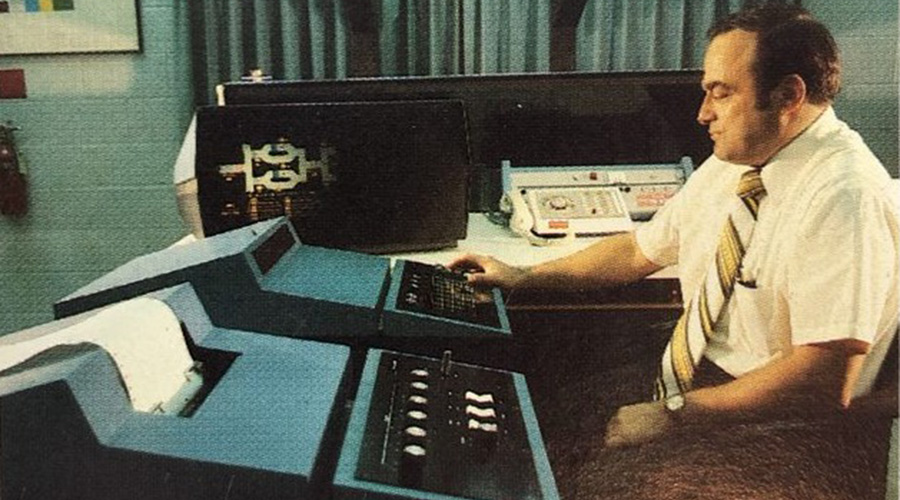Budgeting Strategies: A Recipe for Success
Columnist Andrew Gager offers proven guidance for more effective maintenance budgets
Like many of you, I have a budget to manage my personal life. The budget ensures I have the funds available to pay the mortgage, electricity, water, cable, and so on. I need to make sure I plan for these expenses so I have a good idea where my money is going.
I also know that I have some major expenses coming down the road in a few years that I need to start budgeting for.
For maintenance and engineering managers developing a budget for their departments, the process is similar. They need to zero in on the true cost of facility maintenance, the equipment that manages it, and future projects to improve performance, reliability and efficiency.
Looking back
The first step is to look at historical data. For instance, I budget my electric and gas bills because over the previous 13 months, the utility company determined my monthly usage. Now I can make equal payments throughout the year. When I lived in New York, I occasionally experienced major shock in January or February when the heating bill came and it was four or five times higher than expected. Who knew the average temperature for a month could be 10 degrees?
The situation is the same for managers, who need to estimate monthly expenses based on historical routine maintenance data and labor costs. Unexpected maintenance activities occur, so the key to successful budgeting lies in reacting effectively to those surprises and managing them successfully. When managers encounter those unexpected surprises, the key is in understanding the root cause in order to put in place a strategy to either eliminate that risk or developing some type of system for early detection — either preventive maintenance or predictive maintenance.
When I built my department budgets, I always started with last year’s actual costs. Throughout the year, I reviewed my spending to track planned versus actual costs. Every month, I reviewed the previous month’s spending to make sure I was tracking appropriately.
We established a plus or minus percentage to budget variance. If we missed our targeted spending for that month, we scheduled a meeting to review the reasons for missing the target. This was essentially our root-cause-analysis meeting that tried to determine the reasons and to adjust accordingly. This tactic helped significantly in determining the follow year’s budget.
Related Topics:













